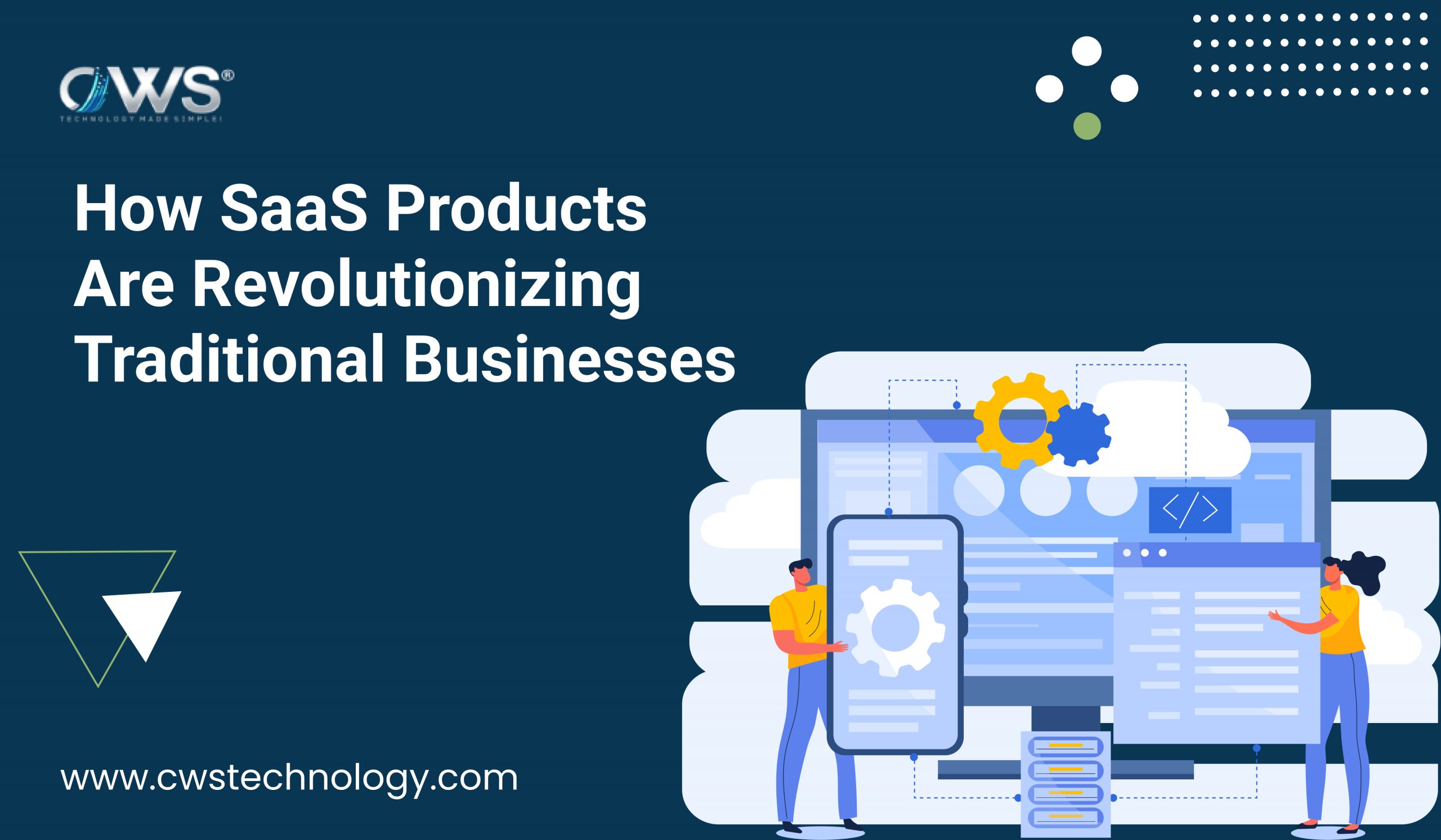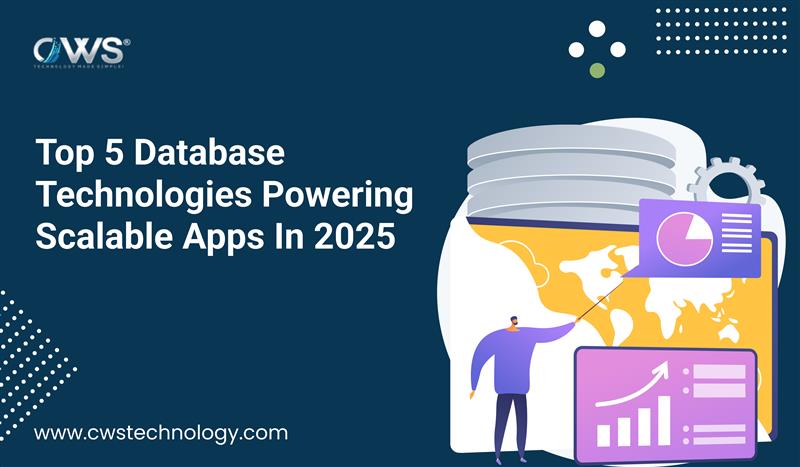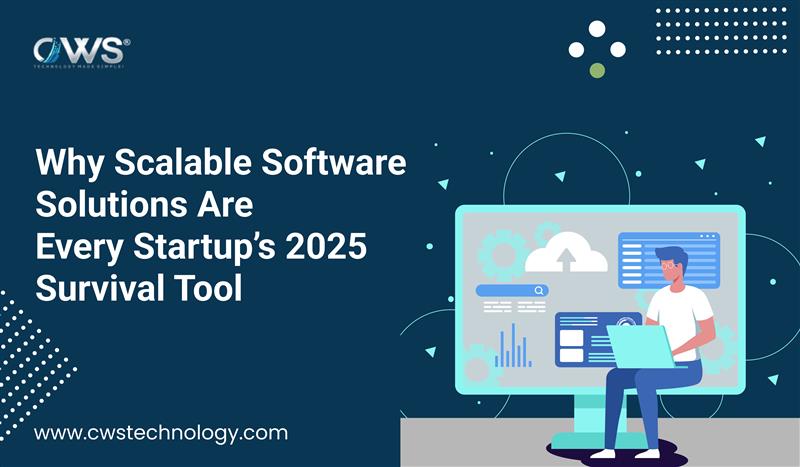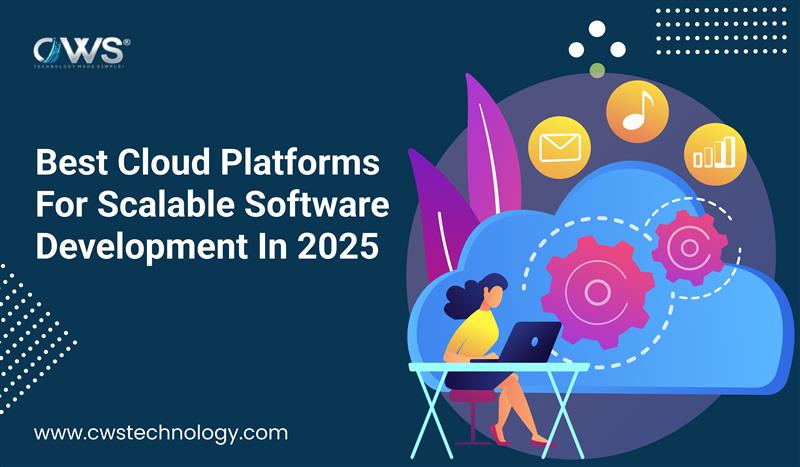The digital revolution didn’t just change how we communicate—it’s transformed how businesses operate. At the heart of this transformation lies a three-letter powerhouse: SaaS.
From small retail shops to large manufacturing firms, Software-as-a-Service (SaaS) products are replacing legacy systems, reducing costs, and unlocking innovation. But this isn’t just another tech buzzword—it’s a seismic shift in how traditional businesses work, scale, and serve customers.
In this blog, we explore how SaaS is breathing new life into traditional industries, why it matters in 2025, and how your business can benefit from this cloud-powered evolution.
What Is SaaS, and Why Is It Different?
SaaS (Software-as-a-Service) is a model where applications are delivered over the internet rather than installed locally on devices or servers. It’s like renting software instead of buying it—accessible anytime, anywhere.
Instead of investing heavily in infrastructure, businesses pay a subscription fee to use the software, which is managed, updated, and scaled by the provider.
How SaaS Is Reshaping Traditional Business Models
Here’s how SaaS products are leading the charge in transforming age-old industries:
1. From On-Premise to On-the-Go
Traditional businesses once relied on bulky, expensive software installed on office computers. With SaaS, those same tools are now accessible from smartphones, tablets, and laptops—24/7.
Example: A brick-and-mortar retailer now manages sales, inventory, and invoices through a cloud-based POS system like Shopify or Zoho.
2. Lower Upfront Costs, Faster ROI
No more purchasing expensive licenses or maintaining servers. SaaS products offer pay-as-you-go models, meaning companies of all sizes can access cutting-edge technology without breaking the bank.
This democratises digital transformation for startups, SMEs, and even local businesses.
3. Automatic Updates = Zero Downtime
Traditional systems require scheduled maintenance, IT intervention, and downtime for upgrades. SaaS apps? They update in real time, often without users even noticing.
Your team always has the latest features, security patches, and performance improvements—automatically.
4. Data-Driven Decision-Making
SaaS platforms often come with built-in analytics. This helps traditional businesses leverage real-time insights to make smarter decisions, track performance, and forecast trends.
Example: A manufacturing company using cloud ERP can monitor supply chains, reduce waste, and optimize inventory in real-time.
5. Scalable Collaboration Tools
Legacy systems weren’t built for modern, collaborative workflows. SaaS tools like Slack, Trello, or Microsoft Teams have redefined workplace communication, enabling remote work, file sharing, task tracking, and more—on a global scale.
This shift helps even traditional teams stay agile, aligned, and connected.
Industry Examples: SaaS in Action
SaaS products are transforming operations across a wide range of traditional industries. Here’s how:
- Retail businesses that once relied on manual inventory tracking and physical cash registers are now embracing cloud-based Point-of-Sale (POS) systems like Shopify, enabling real-time sales tracking and multi-channel integration.
- In the healthcare sector, hospitals and clinics are moving away from paper-based patient records to cloud-based Electronic Medical Record (EMR) platforms, improving patient care, reducing errors, and enabling secure data access from anywhere.
- The education industry is witnessing a major shift from printed textbooks and in-classroom-only teaching to Learning Management Systems (LMS) like Google Classroom and Moodle, allowing schools to deliver hybrid or fully online education seamlessly.
- Finance departments that traditionally used desktop accounting tools or spreadsheets are now adopting cloud-based accounting solutions like QuickBooks and BillingBee, providing better visibility, automation, and compliance.
- In manufacturing, where manual planning and siloed data were the norm, businesses are now implementing smart, cloud-based ERP systems to monitor production lines, optimize inventory, and forecast supply chain needs more accurately.
SaaS Security: A Growing Advantage
One of the biggest myths about SaaS is that cloud = less security. But in reality, modern SaaS platforms invest heavily in cybersecurity, with:
- End-to-end encryption
- Role-based access control
- Regular compliance audits (GDPR, HIPAA, DPDPA)
For most businesses, this means greater protection than traditional in-house setups.
How CWS Technology Powers SaaS for the Future
At CWS Technology Pvt. Ltd., we help businesses of every size build or adopt SaaS solutions that are:
- Scalable
- User-friendly
- Secure
- Cost-efficient
Whether you’re looking to digitize your internal operations, build a custom SaaS product, or modernize legacy tools—we bring innovation to life with cloud-native solutions tailored to your industry.
Why Now?
Because the world won’t wait.
Digital-first competitors are entering every industry—and SaaS gives traditional businesses the tools to fight back and stay ahead.
Don’t let outdated systems slow you down. With the right SaaS tools, you can work smarter, serve better, and grow faster.
Final Thoughts
SaaS isn’t just for tech startups. It’s for every business that wants to stay relevant, competitive, and efficient in today’s fast-paced world.
By moving from rigid, expensive systems to flexible, cloud-based tools, traditional businesses can unlock new levels of agility, customer satisfaction, and growth.
The future is already in the cloud. It’s time to take your business there too.








